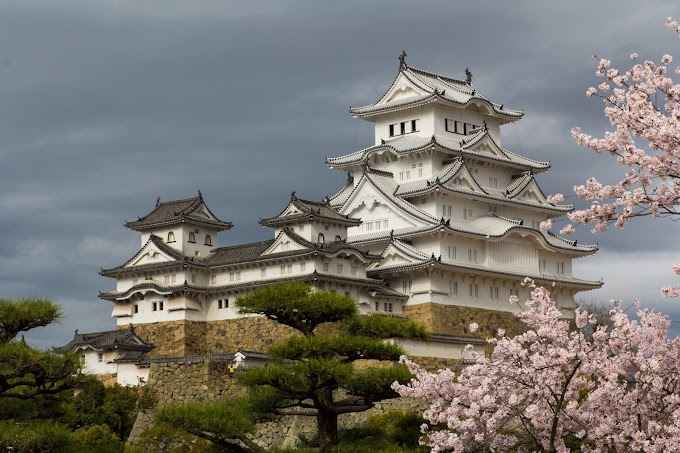As many of you already know, Japan is famous for its wonderful and unique cuisine. But when we think about Japanese food, the first thing that comes to mind is fish and rice.e. This Article will give you a wider view about the food culture in Japan, and teach you what to order from the moment you sit at the restaurant.
In this Post , we are going to introduce the Most Popular Japanese Dishes , that are famous not only in Japan But also in the entire world .

Sashimi | 刺身
Sashimi is a Japanese delicacy consisting of fresh raw fish or meat sliced into thin pieces and often eaten with soy sauce. Sashimi is often the first course in a formal Japanese meal, but it can also be the main course, presented with rice and miso soup in separate bowls. Japanese chefs consider sashimi the finest dish in Japanese formal dining and recommend that it be eaten before other strong flavors affect the palate.

Udon | 饂飩
Udon is a type of thick, wheat-flour noodle used frequently in Japanese cuisine. It is often served hot as a noodle soup in its simplest form, as kake udon, in a mildly flavoured broth called kakejiru, which is made of dashi, soy sauce, and mirin. It is usually topped with thinly chopped scallions.

Tempura | 天麩羅
Tempura is a typical Japanese dish usually consisting of seafood, meat, and vegetables that have been battered and deep fried. The dish was introduced by the Portuguese residing in Nagasaki through the fritter-cooking techniques in the 16th century. The name "tempura" originates from the Latin phrase quatuor anni tempora, which refers to the Ember Days, during which no meat is consumed.

Ramen | 拉麺
Ramen is a Japanese noodle soup. It consists of Chinese wheat noodles served in a meat or (occasionally) fish-based broth, often flavored with soy sauce or miso, and uses toppings such as sliced pork, nori (dried seaweed), menma, and scallions. Nearly every region in Japan has its own variation of ramen, such as the tonkotsu (pork bone broth) ramen of Kyushu and the miso ramen of Hokkaido.

Sushi | 鮨
Sushi is a traditional Japanese dish of prepared vinegared rice, usually with some sugar and salt, accompanying a variety of ingredients, such as seafood, often raw, and vegetables. Styles of sushi and its presentation vary widely, but the one key ingredient is "sushi rice", also referred to as shari . Sushi is often served with pickled ginger (gari), wasabi, and soy sauce.

Soba | 蕎麦
Soba is the Japanese name for buckwheat. It usually refers to thin noodles made from buckwheat flour, or a combination of buckwheat and wheat flours (Nagano soba). They contrast to thick wheat noodles, called udon. Soba noodles are served either chilled with a dipping sauce, or in hot broth as a noodle soup. In Japan, soba noodles can be found in a variety of settings, from "fast food" places to expensive specialty restaurants.

Yakitori | 焼き鳥
Yakitori is a Japanese type of skewered chicken. Its preparation involves skewering the meat with kushi , a type of skewer typically made of steel, bamboo, or similar materials. Afterwards, they are grilled over a charcoal fire. During or after cooking, the meat is typically seasoned with tare sauce or salt.

Miso soup | 味噌汁
Miso soup is a traditional Japanese soup consisting of a dashi stock into which softened miso paste is mixed. In addition, there are many optional ingredients (various vegetables, tofu, abura-age, etc.) that may be added depending on regional and seasonal recipes, and personal preference. In Japanese food culture, Miso soup is a representative of soup dishes served with rice.

Onigiri | 御握り




.png)


.png)
0 Comments